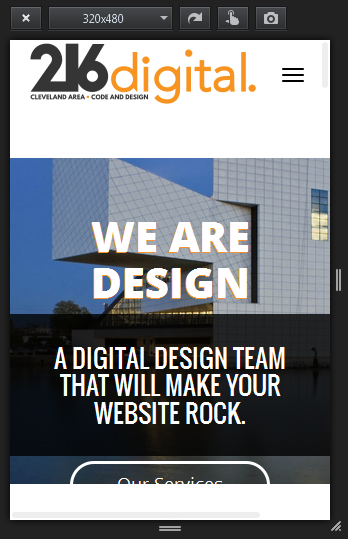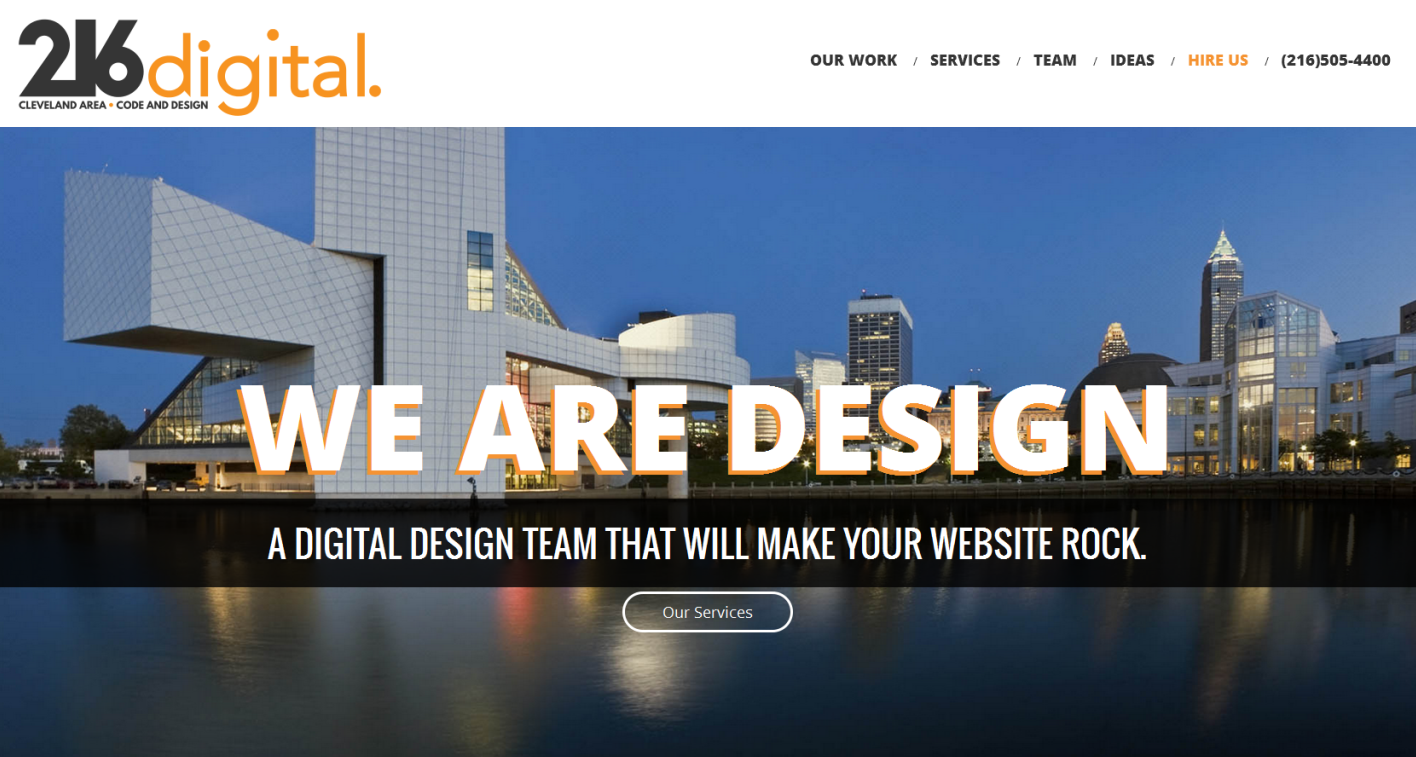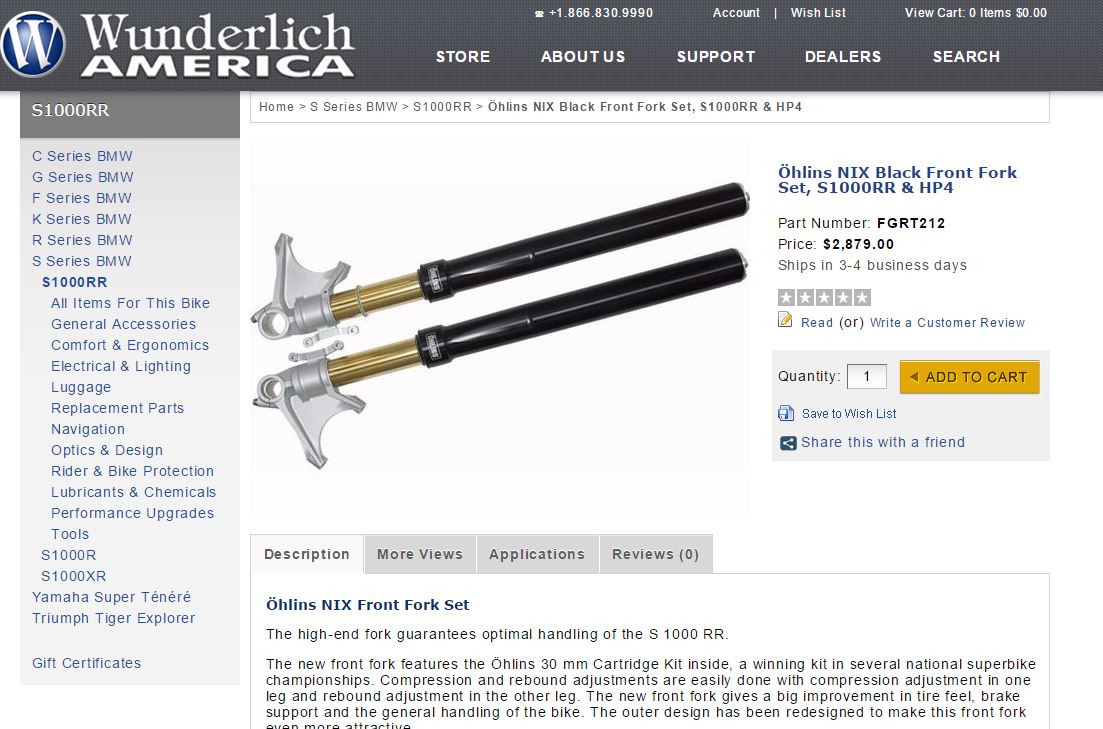You can have the most interesting, ground-breaking product ever, but if your website lacks an effective design, your sales aren’t going to reach their full potential. Having an enticing e-Commerce storefront is more than simply having a product up for sale—customers believe their time is precious so merchants must quickly deliver a convincing sales pitch as well as provide customers an intuitive and effortless checkout process. But, how exactly do you do that? Here, we’ve listed the top 5 dos and don’ts for your e-Commerce web design.
DO have multiple views of your product: Your customers will want to know exactly what your product looks like from every angle. Choosing images of your product that offer something new and different from each viewpoint will give your buyer an idea of what they are purchasing, and they will feel more confident in their decision to complete their order. If you are selling clothes, show them being worn by a model in order to give customers an idea of what the product looks like on a “real person” versus a mannequin.
DON’T leave your customers with questions: Having quality product descriptions will help you sell your product tenfold. By providing overviews of your products that are honest without being negative, the option to see customer reviews, and the option of asking a staff member, you build trust in your site and the customer feels at ease.
DO have a bold call to action: Your call to action is perhaps the most important part of your e-Commerce design. If your site doesn’t give customers a way to buy your product that is visible and enticing, your e-Commerce design isn’t doing its job. By creating a bold “Add to cart” or “Buy now” button, you’ll make it easier for your customers to find their way into your site’s checkout process. Remember, your visitors will look for the first reason to click away from your website. Don’t give them a reason to do so simply because they grow frustrated trying to complete their purchase.
DON’T waste your customer’s time: Clicking in and out of pages can become tedious and cumbersome for consumers. If you want to retain more customers, implementing a “quick-view” feature that allows them to see a product’s complete details without having to navigate away from their current category or search results page is a great way to improve a customer’s experience. This will hold the customer’s attention longer and keep them from exiting your site.
DO talk to your customers: Having conversations with customers can yield feedback which proves more valuable than some of the most robust analytics tools available. Opening up direct dialogues with your customer base unearths difficulties or frustrations they encounter that they may otherwise not express as well as helps to build your rapport. Giving customers the option to subscribe to a newsletter, review a product, or contact you with questions will help strengthen relationships with them and promote repeat business.
DON’T create a complicated checkout process: The biggest eCommerce conversion killers are abandoned shopping carts, which happen for a number of reasons. If you want your customers to stay with you all the way through the checkout process, make it easy. Only include what you need in your shopping cart and make sure you are prepared for a streamlined multi-channel sales experience. Use a POS card reader that connects to your online store for offline sales for optimized transactions across all channels.
Here at 216digital, we build websites and help online businesses grow. These are just a few of the tricks we have up our sleeves, and we want nothing more than to see your online business reach its full








